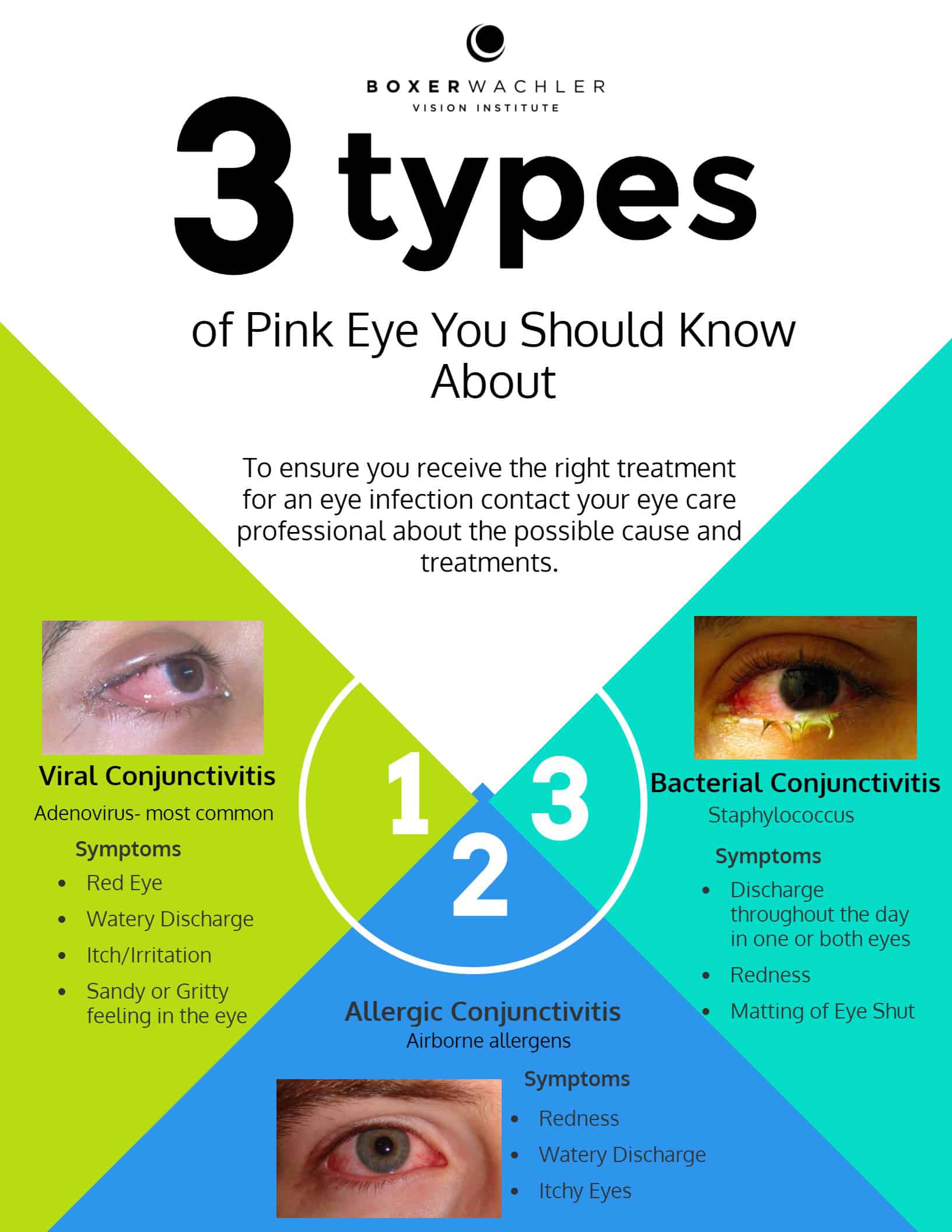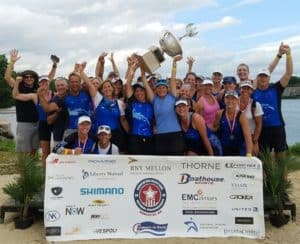
A few days ago I finished competing in the USRowing Masters National Championships on a lake outside of Boston in the sizzling August heat as my wife and twin 10-year old daughters were there to support me. My prior rowing career could have never prepared me for what I just experienced. I raced in college at UCLA and Edinburgh University in Scotland in 4-man and 8-man boats. After a nearly 20 year hiatus I finally got back to rowing about six years ago with the same mindset of competing again. I learned how to scull (rowing alone in a skinny boat with two oars) as it was immensely easier to coordinate with the guy in the mirror versus seven other people at this stage in life.
I competed in my first Masters Nationals Championships a year later in the single scull and won bronze. I had never before been to this national regatta and had no idea of what to expect. I was surprised and pleased with the result. After that I was invited to row in an 8-man boat from San Diego Rowing Club in the famed Head of the Charles regatta in Boston. Back at UCLA I had only heard of it since we never traveled there for the race. I found my sculling training translated to being a better rower in the team boats. And after a couple of years competing we did well to the point of winning a medal at that regatta – no easy feat.
Last year the crew that myself and a number of guys from San Diego were supposed to be a part of decided to go a different route and we found ourselves a crew without a rowing club for the Head of the Charles regatta. I had been training hard all summer when that news arrived just a couple of weeks before the event. My stomach turned. A quick call from a crew-mate to Lesleh Anderson Wright, a former coxswain from the Canadian Olympic rowing team, to see if Chinook Performance Racing might be willing to attempt to get us a lottery spot provided a glimmer of hope. This regatta is probably the most competitive and hardest to gain acceptance to race. It is hands-down one of the most watched rowing events in the world with 400,000+ spectators crowded up and down the 3-mile course on the banks of the Charles River in Boston. We were entered under Chinook, but our acceptance would come down to being selected by a lottery. We waited. Then we waited some more. Would months of summer training have been in vain? We continued to wait to hear if we got in. We did!
The Head of the Charles has many categories of events with 40-50 entries per category. As a result, the boats fire off in single file line and the faster boats will catch and pass the slower boats. It’s not like a sprint that you may have seen at the Rio Olympics where the boats line up on a starting line and race to the finish. The river isn’t wide enough for that. As a new entry, we lost our prior position near the start of the pack and were near the very end of the boat line up with slower boats from the prior year race. When we blasted past the starting line we overtook the boat in front of us almost immediately. Then something happened that I had never experienced. We came roaring up to two boats where one was in the midst of overtaking another boat. As we approached them, Demitra Good, our coxswain (the person who steers and is our eyes and ears), told us what we were approaching: two boats next to each other. She yelled, “We’re going to split them and go right up the middle!” She hollered to both coxswains to move aside as we were overtaking (which means we have the right of way). They must have moved further apart because the next thing I noticed from my peripheral vision was two other 8-man boats, one on each side of us, come into view. Then they seemed to fall behind us and disappear like we had jumped to hyperspace in Star Wars. It was incredible to “split” two boats like that without a single clash of oars with either boat. That was a surgical steering job from our coxswain. We passed many more boats and due to congestion at one point we had to stop rowing to avoid a boat collision. In the end we finished as the 9th fastest crew in our race from our initial starting position #51.
Last weekend I rowed with Chinook Performance Racing at the 4-day USRowing Masters National Championships. Each race was 1,000 meter “sprint” which can last between 3 minutes to 5 minutes depending on type of boat, # of rowers, and wind conditions. Here the boats are lined up and it’s the first to the finish line. On the first day I had my single scull race. It was a heat and the top three would go to the semifinal and top three go to the final. I came in third in my first Masters Nationals in the final and in my second Masters Nationals I got through to the final but the final race was cancelled due to thunderstorms. I had trained hard and had high expectations. In my heat of the single scull, I had a bad day and didn’t even qualify for the semifinal. I was bummed. I explained to my daughters that the most important thing was that I had prepared and followed a training program and never quit along the way because I didn’t feel like doimg it. It was a good teaching moment. But there was more racing to come.
I had the following day off and the next day I was in two racing crews: 8-man boat and mixed quad sculls (2 women and 2 men each person rowing with two oars). The 8-man boat started at a semifinal and we qualified for the final. In the final we won gold by less than one second. It was a barn-burner of a race and Lesleh was our coxswain whose years of expertise was apparent. In the mixed quad, we progressed nicely from the heat to the semifinal then to the final. In the final sprint we were in bronze position when one of our crewmates had an oar problem that slowed us down and we ended up fifth. I wasn’t disappointed. For me it was more important to reassure my boat mate that early in everyone’s rowing career (this person had only been rowing a year) this kinda thing happens. I explained, “At next year’s Masters Nationals you will have twice the experience and will be improved by light years – as happens during everyone’s learning curve of rowing.” My crewmate was reassured and that was more important than a piece of metal. After five races I felt remarkably good as I had developed a recovery ritual that I do after every race in preparation to put my body through the grind of another 1,000 meter race again. It seemed to work.
There was an amazing comradery that I discovered at our Chinook tent which was like base camp at Everest only much hotter since it was Massachusetts in August. There were 70+ rowers, women and men, who had their own races. Everyone was recovering from her or his own races using their own ritual. Perhaps the most important thing about rowing is relationships. It is what Chinook’s foundation is. The four women who started the team, Lesleh Wright Anderson, Nancy Dynan, Deb Davis, and Merida Scully were friends first and a rowing crew (in some way shape or form) second. Their relationship to each other bears a lot of weight on each and every crew they race in together. That has permeated the team.
Under the Chinook tent and shade of those green tall bushy trees that swayed in the breeze is where I got to know many others on the team and their families. The other thing that I learned there was that families are extremely important to the rowers – just like my family is so vital to me. Many of the women and men rowers have children and families that they are managing all while committing to this rigorous training. It is quite extraordinary. It was fascinating to pause and reflect on the unique experience that I was part of: regardless of what the team did in their occupation back home, during this event everyone was just as focused on the racing as an elite athlete. That was no surprise considering everyone had been seriously training for months for this regatta (which the team does for all its regattas). It was very social while we were milling about in the protective shade of the tent and trees. Back in college the atmosphere was so intense between races, but here in the “masters world of rowing” it was much more relaxed off the water. Thus it was enjoyable. The same observation was shared by some women I met on the team there. It was a phenomenal organizational feat by Lesleh our leader to put together who was rowing with who and in what events. Chinook didn’t forfeit one race despite all the racing happening each day with all of us. I joked that she could be a general in the military and she said Stephen Covey, author of 7 Habits of Highly Effective People, once told her that too.
The final day of the Championships had another five races in store for me: mixed 8 (4 women and 4 men), younger 8-man boat, and a mixed 4 (two women and two men). Our mixed 8 was stroked by Caryn Davies, an extraordinary athlete and highly accomplished 6’ 4’’ lady who won a Silver in the 8-woman boat at the Athens Olympics and Golds in Beijing and London Olympics in the 8-woman boat. It was an honor to be in her boat. We won our semifinal and went on to win the final. After that race, I had the other 8-man boat, but almost all of us had just raced about 30 minutes prior and we placed fourth. We rowed as hard as we could, but our bodies didn’t have the power that comes from a longer recovery. Nonetheless, I was proud of our effort since I know not many crews could give it their all in that situation the way we did. Our mixed 4 semifinal went well and we got through to the final – that last race of the day for Chinook. The other man in the boat was a fellow former UCLA rower who stroked the boat. It was a brutal headwind and we fought our way down the course to cross the line with a bronze. We had been thoroughly drained by the many days of heavy racing. Medals aside, I felt it was a personal accomplishment to have done what I did with five races in back to back days. I never had such a draining experience in my years of elite college rowing that was one race a day.
Chinook had also won the trophy for the most points of all the teams entered (based on boats that medaled and get to the final) – a first for this young organization. It was truly the epitome of team work – which is what rowing is about – working together to accomplish a common goal. It’s never too late for someone to learn to row and to join a club and, if desired, compete in races. I feel fortunate to have found Chinook even though my road there was filled with plenty of ups and downs. But then again that’s life – filled with ups and downs – and rowing certainly prepares one to weather those storms that we all face at various times.
My twin 10-year old daughters come to almost every regatta with my wife and I use my up and down rowing experiences that they witness as “teaching moments”. I don’t know if they will ever pursue this sport (one loves basketball, the other adores volleyball), but hopefully what they see their dad go through in rowing will help them handle the hurdles of their life journeys. As one educator I know says, “You can’t prepare the path for your child, but you can prepare your child for the path.”
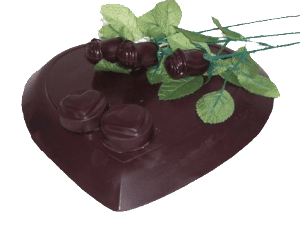

 ––––
––––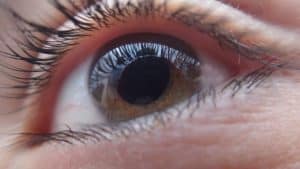 With the New Year just beginning, we often feel the need to change and do something different. Resolutions are the focal point of our thoughts but we seldom add our vision care as something we focus on.
With the New Year just beginning, we often feel the need to change and do something different. Resolutions are the focal point of our thoughts but we seldom add our vision care as something we focus on.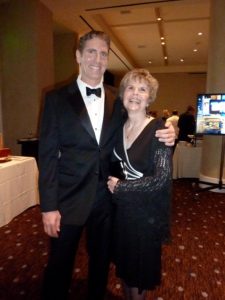 Someone once remarked, “You won’t remember what people said, but you will never forget how they made you feel.” My mom made me feel confident, unconditionally loved, a love for animals, special, lucky, a love for family, safe, and responsible.
Someone once remarked, “You won’t remember what people said, but you will never forget how they made you feel.” My mom made me feel confident, unconditionally loved, a love for animals, special, lucky, a love for family, safe, and responsible.
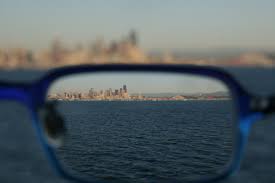 Astigmatism, otherwise known as a refractive error that effects how the eye focuses light, can often be misunderstood. Everyone is affected by this condition differently, some needing refractive surgery and others needing contacts or glasses. If you are experiencing squinting, headaches and eye strain you are experiencing common symptoms.
Astigmatism, otherwise known as a refractive error that effects how the eye focuses light, can often be misunderstood. Everyone is affected by this condition differently, some needing refractive surgery and others needing contacts or glasses. If you are experiencing squinting, headaches and eye strain you are experiencing common symptoms.
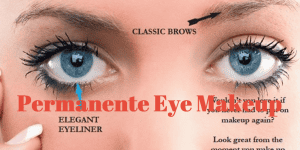
 From newborn babies to senior citizens and every age group in between, glaucoma is a risk for everyone. According to
From newborn babies to senior citizens and every age group in between, glaucoma is a risk for everyone. According to 
